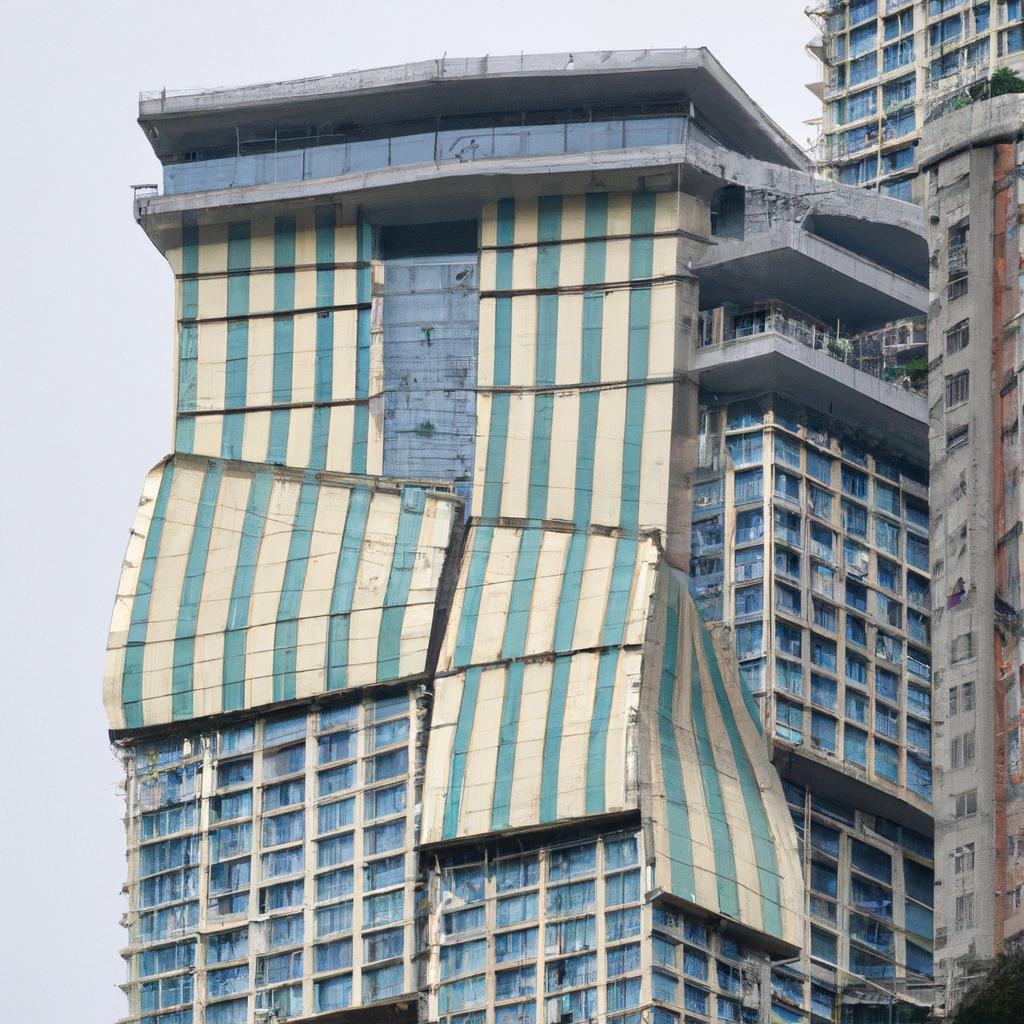Chongqing, a vibrant metropolis in southwestern China, is renowned for its rich culture, delectable spicy cuisine, and above all, its remarkable and distinctive architecture. The architecture of Chongqing reflects centuries of history, geography, and cultural diversity, making it a treasure trove of beauty and significance. In this article, we will embark on a journey to explore the wonders of Chongqing architecture and unravel its importance in the modern world.
A Brief Glimpse into the History of Chongqing Architecture
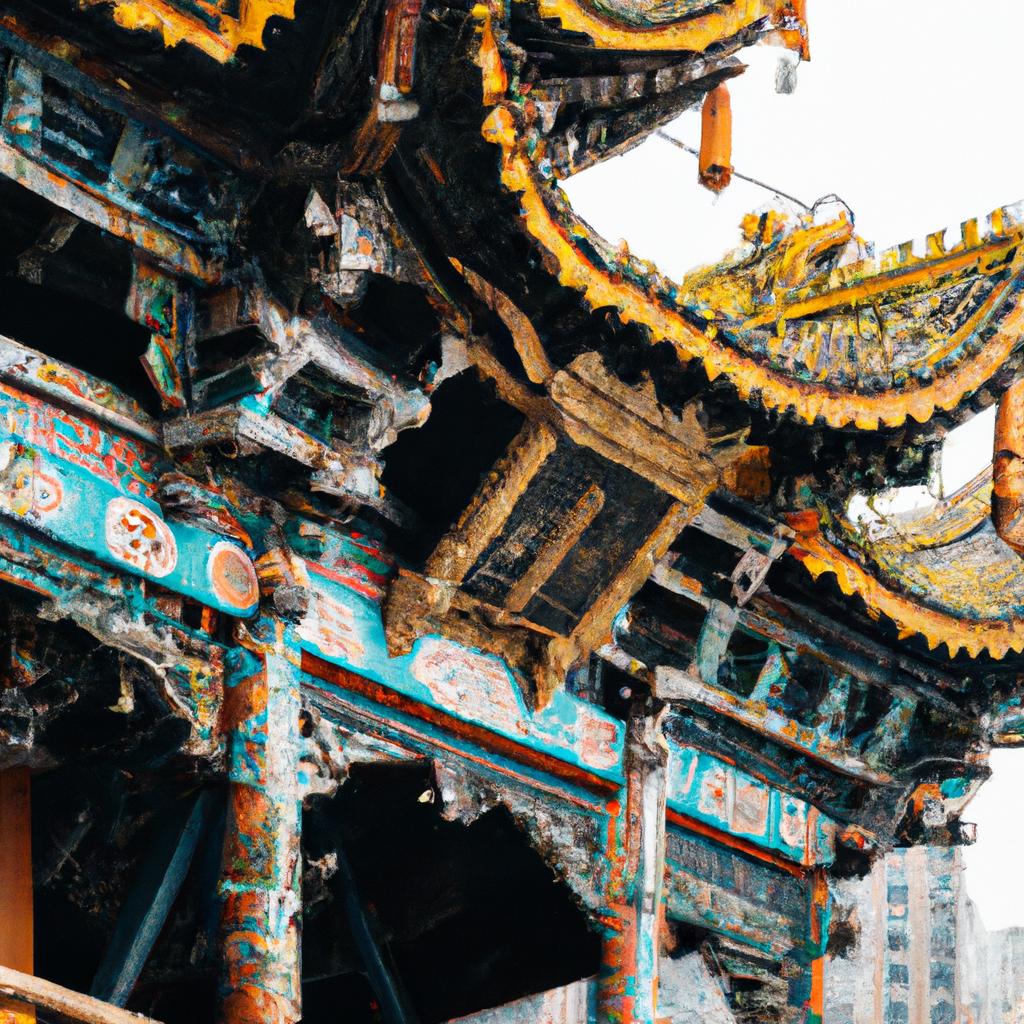
Chongqing’s architectural legacy can be traced back to the ancient Ba and Shu cultures that thrived over 3,000 years ago. The architecture of these civilizations was characterized by wooden structures, sloping roofs, and intricate carvings. During the Ming and Qing dynasties, Chongqing evolved into a vital trading hub, witnessing a surge in construction. The architecture of this period reflected the traditional Chinese style while incorporating unique regional features.
In the early 20th century, Chongqing underwent a dramatic transformation as it embraced modern industrialization. The architecture of the city adapted to the changing needs of its inhabitants. High-rise buildings, bridges, and tunnels emerged, reshaping the city’s skyline.
The Significance and Splendor of Chongqing Architecture
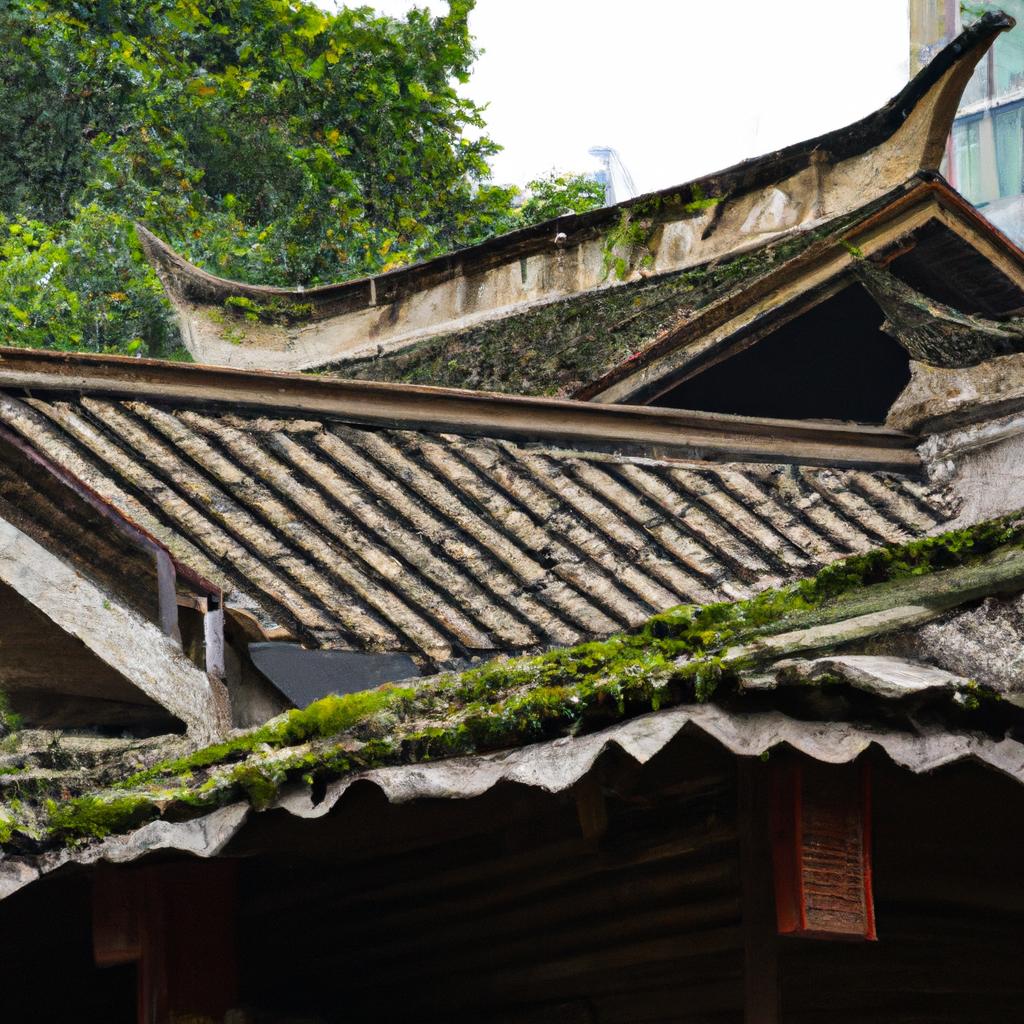
Chongqing’s architecture is an integral part of its culture and identity, surpassing mere functionality. It stands as a testament to the region’s captivating history and the ingenious spirit of its people. Moreover, Chongqing’s architectural wonders have played a pivotal role in driving the region’s economy, promoting tourism, and shaping urbanization.
Blending traditional Chinese style with regional characteristics, Chongqing’s buildings possess a matchless charm. They exemplify both aesthetic beauty and historical significance, often regarded as national treasures. The city’s architecture reflects a fusion of styles, each structure echoing the spirit of Chongqing and leaving a lasting impact on its urban landscape.
The Distinctive Characteristics of Chongqing Architecture
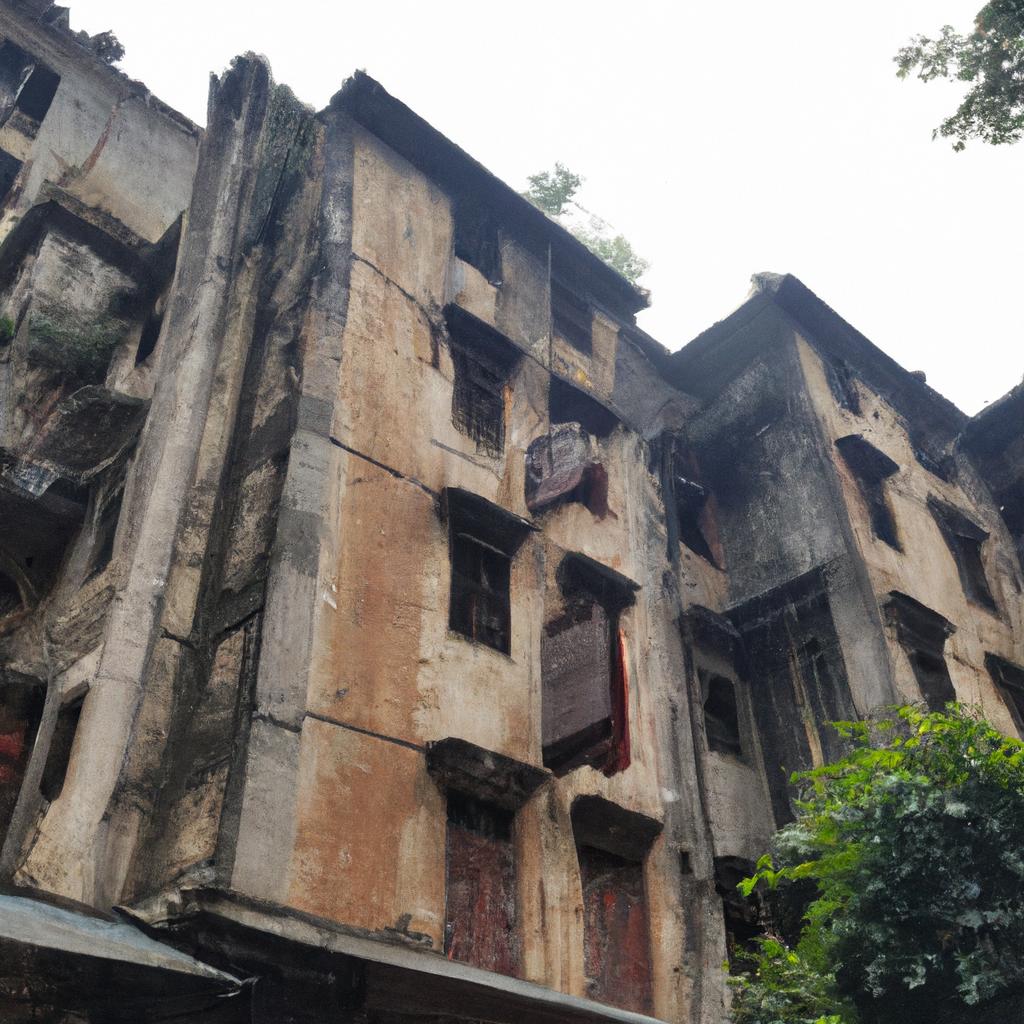
Chongqing architecture is distinguished by its unique blend of traditional Chinese elements and regional features. Several notable characteristics set it apart from other architectural styles in China.
Unique Features and Elements of Chongqing Architecture
One striking feature of Chongqing architecture is the use of sloping roofs. Adorned with intricate carvings and decorations, these tiled roofs effortlessly drain rainwater while reflecting the region’s rich culture and history.
Another distinctive element is the utilization of high-quality wood as the primary building material. Intricate patterns and designs carved into the wood exude a warm and natural ambiance, a departure from the cold and impersonal concrete and steel structures prevalent in other cities.
Chongqing architecture also boasts a distinctive color scheme. Buildings are often painted in shades of red, green, and yellow, symbolizing good luck and prosperity.
Comparing Chongqing Architecture with Other Chinese Styles
When compared to other architectural styles in China, Chongqing’s buildings stand taller due to the hilly terrain. In contrast, structures in northern China are wider and shorter, reflecting the flat landscape of that region.
Chongqing’s architecture also distinguishes itself with its ornate and decorative elements. Intricate carvings and adornments, indicative of the region’s rich culture and history, set Chongqing apart from the simpler and more functional styles found in other parts of China.
Exploring Exemplary Chongqing Architectural Wonders
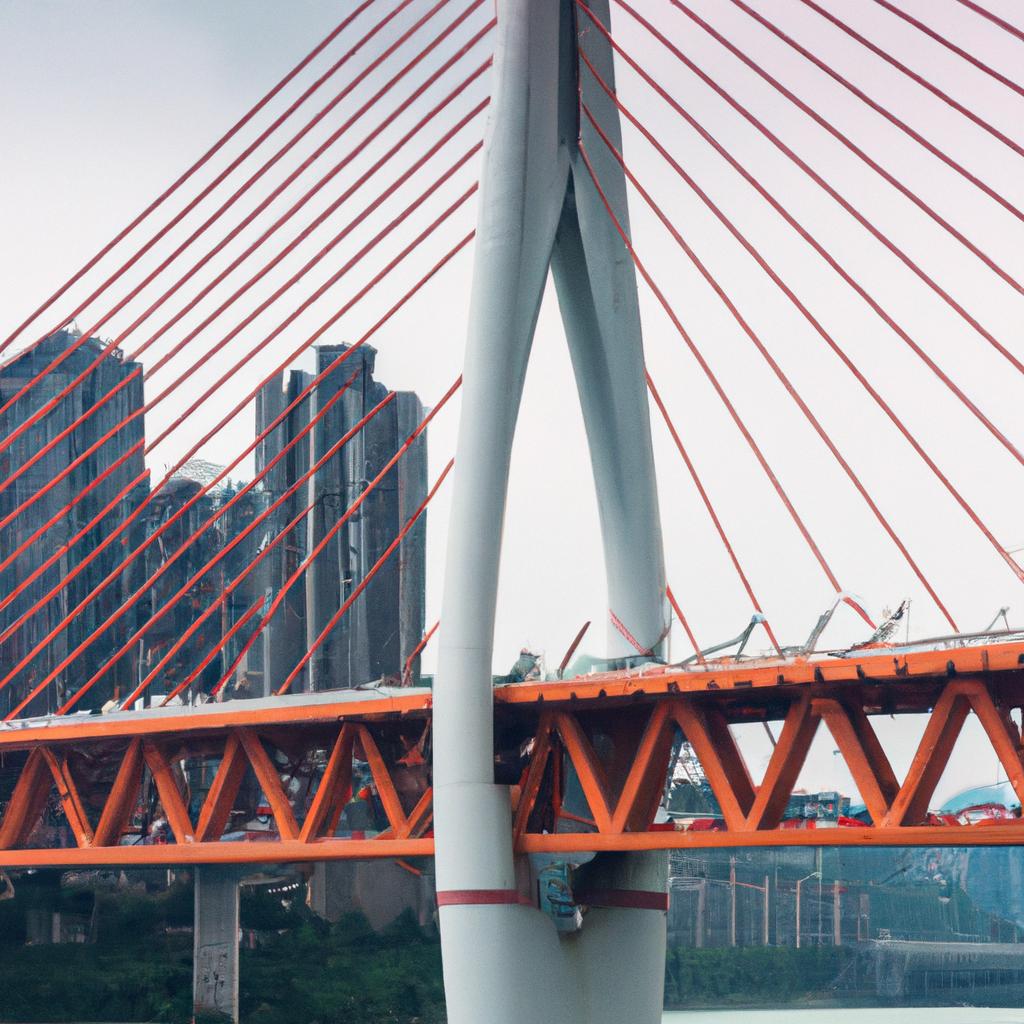
Chongqing boasts an array of exceptional architectural marvels that blend traditional Chinese style with regional nuances. Let’s delve into a few prominent examples and examine their architectural style and significance.
Famous Buildings in Chongqing
Hongya Cave
The Hongya Cave, nestled on a cliff overlooking the Jialing River, is a sought-after tourist attraction in Chongqing. This collection of traditional-style buildings, characterized by wooden balconies, sloping roofs, and intricate carvings, serves as a testament to the city’s cultural heritage. It symbolizes Chongqing’s prosperity and progress.
The People’s Liberation Monument
Built in 1945 to commemorate the victory of the Chinese Communist Party in the Chinese Civil War, the People’s Liberation Monument stands as a landmark building in Chongqing. Fusion of traditional Chinese style and modern elements defines its architectural splendor. This monument embodies the city’s political and cultural significance, making it a national treasure.
Understanding the Historical and Cultural Context of Chongqing Architecture
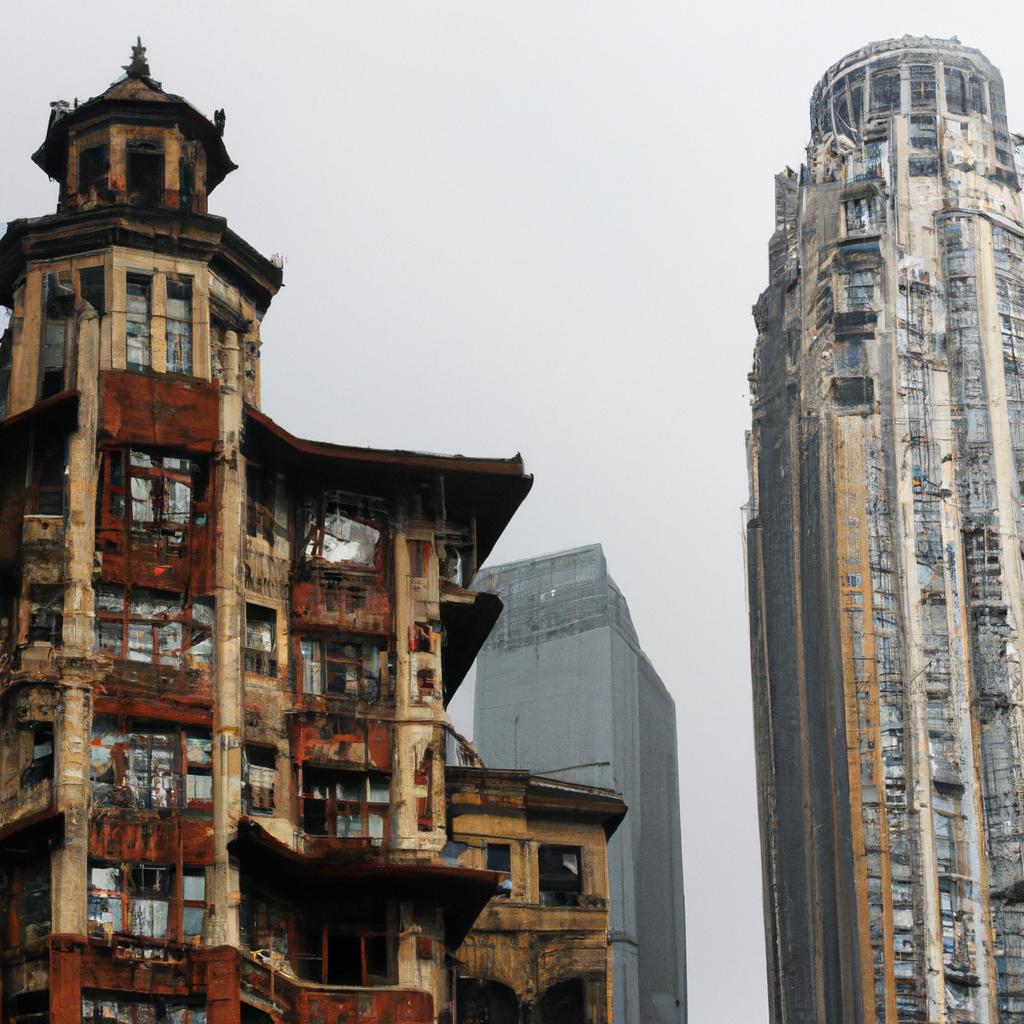
The geography, climate, and culture of Chongqing have played instrumental roles in shaping its architectural landscape. Encircled by mountains and rivers, Chongqing’s unique topography and humid subtropical climate have posed challenges for construction and maintenance.
Chongqing’s architecture reflects the need to adapt to these local geographic and climatic conditions. Wooden and brick structures, sloping roofs, and overhanging eaves have become prominent features of traditional Chongqing architecture.
The city’s culture also weaves its influence into architectural designs, drawing from diverse historical sources. The Ba and Shu cultures, Chinese traditions, and even Western influences during the colonial era have all left lasting imprints on Chongqing’s architectural heritage.
Preserving and Conserving Chongqing Architecture
Challenges and Issues in Preserving Chongqing’s Architectural Heritage
Preserving Chongqing’s architectural legacy encounters several challenges. Rapid urbanization and modernization often lead to the demolition of historic and culturally significant buildings. Furthermore, insufficient awareness and appreciation among the younger generation contribute to the deterioration of these architectural gems.
Natural disasters, such as floods and earthquakes, pose additional threats to Chongqing’s architectural heritage. Balancing the preservation of these structures with public safety is a constant challenge.
Efforts and Initiatives to Protect and Promote Chongqing Architecture
Despite the challenges, commendable efforts and initiatives have been undertaken to safeguard and promote Chongqing’s architectural treasures. The Chongqing Municipal Government has implemented policies and regulations to protect the city’s architectural heritage. It has established a list of protected buildings and districts and offers financial assistance to property owners for restoration and maintenance efforts.
Numerous organizations and associations are dedicated to the preservation and promotion of Chongqing architecture. Through exhibitions, tours, and workshops, these entities raise awareness, particularly among the younger generation. Collaboration with the government and property owners fosters sustainable and innovative approaches to preserving and promoting this distinctive architectural style.
In Conclusion: Unveiling the Marvels of Chongqing Architecture
Chongqing architecture stands as a captivating fusion of tradition and innovation. Its buildings exemplify the creativity and resilience of its people, shaping the region’s cultural identity. Beyond enriching the city’s heritage, Chongqing’s architectural wonders have been instrumental in driving its economy and promoting tourism.
Despite the challenges of preserving and conserving Chongqing’s architectural legacy, the government and citizens have made commendable efforts to protect and promote this invaluable heritage. These endeavors reflect the city’s commitment to preserving its cultural identity.
Looking ahead, Chongqing architecture holds immense potential. The city’s architects and designers continuously explore novel ideas and techniques to create buildings that are both functional and aesthetically pleasing. With its unique and remarkable architectural style, Chongqing has the makings of a global phenomenon, attracting visitors from all around the world.
As a website specializing in nature, gardening, and animal-related news, TooLacks takes pride in showcasing the cultural heritage of Chongqing architecture. We hope this article has inspired you to explore these marvels and deepened your knowledge and appreciation of this captivating architectural style.
References:
